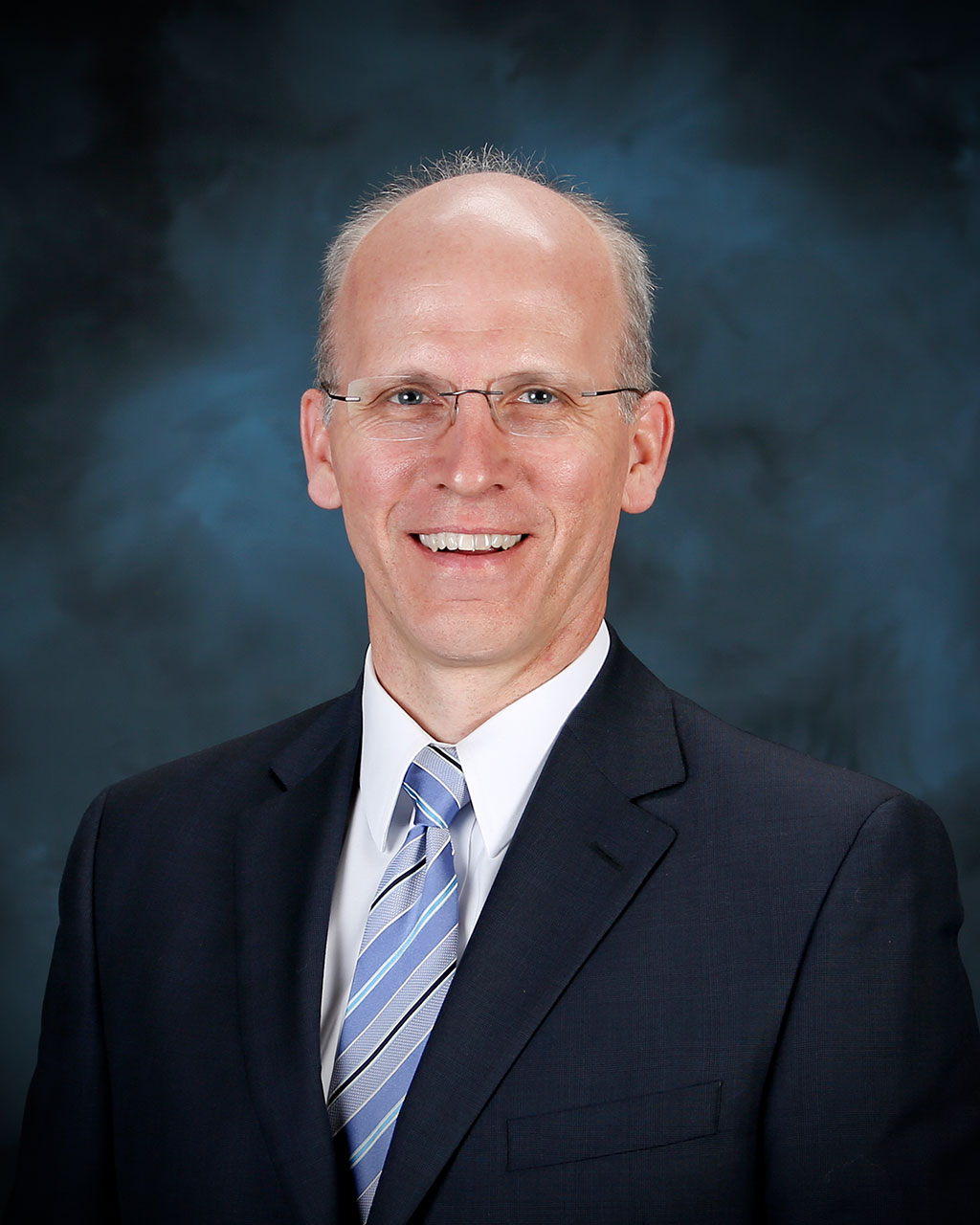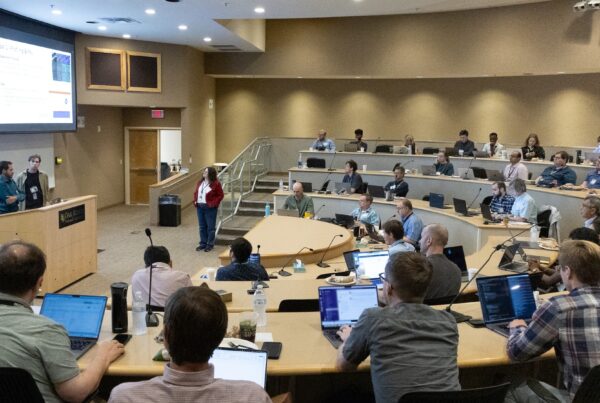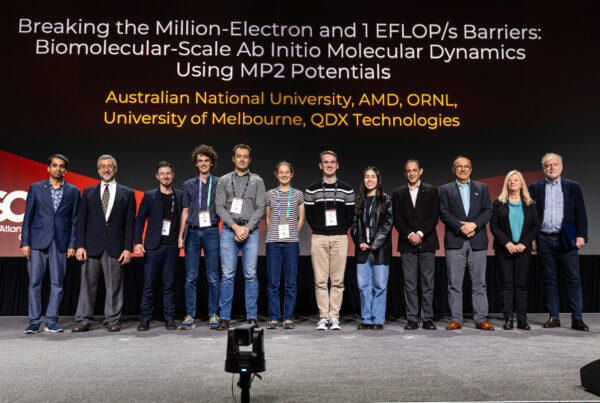
By attending such meetings as that of the National Academy of Sciences’ Committee on Seismology and Geodynamics, OLCF Director of Science Jack Wells can network with prospective OLCF users.
Jack Wells, director of science for the Oak Ridge Leadership Computing Facility (OLCF), a US Department of Energy Office of Science User Facility located at Oak Ridge National Laboratory, recently served on a panel to discuss the future of high-performance computing (HPC) and its applications in seismology and geophysics.
The panel, whose topic was “Future Vision and Sustaining Mechanisms,” was one of three at the spring meeting of the National Academy of Sciences’ (NAS’s) Committee on Seismology and Geodynamics (COSG) held in Washington, DC. Wells was joined on the panel by Geoffrey Fox from Indiana University, Colin Thomson (remotely) from Schlumberger, and moderator Bill Walter from Lawrence Livermore National Laboratory.
Princeton University’s Jeroen Tromp, a NAS COSG member, recommended Wells as a potential speaker. Through the Innovative and Novel Computational Impact on Theory and Experiment program, Tromp is a principal investigator on user projects on HPC resources, including the OLCF’s Titan.
“The fact that Professor Tromp, as an OLCF user, thought we had something to offer as a unique outside voice says a lot about how we’re revered in the science community,” Wells said. “We are very much defining the state of the art in terms of HPC, and they wanted to hear from us to get a sense of where things are going.”
The panel members discussed shared interests in solid Earth science across government, academia, and industry; training and development initiatives happening now; and needs for the future. One of the challenges in the seismology and geophysics fields is sustaining a diverse and interdisciplinary scientific workforce, which NAS meeting attendees agreed is crucial for making progress in solid Earth science.
Current graduate-level training initiatives include workshops, summer schools, Gordon Research Seminars, and other short courses. The existing programs build cadres of students within disciplines, but the interdisciplinary training and computational components are not always consistent. The COSG meeting’s objective was to discuss how existing programs could be better integrated and leveraged across government, academia, and industry.
“This meeting was about raising the quality of HPC education and training in seismology and geophysics and doing it broadly, as a community,” Wells said. “We talked a lot about specific training methods and ways to enhance and standardize the graduate training in HPC and seismology.”
Attending meetings such as the NAS’s is also an avenue to reach future OLCF users. “These meetings are a way to make a broader set of scientists aware of our facility and our computing resources and of how they could be future users,” Wells said. “It’s actually a pretty frequent occurrence that one or two of the attendees will apply for a project at the OLCF after attending one of these workshops, so it does pay off.”
Oak Ridge National Laboratory is supported by the US Department of Energy’s Office of Science. The single largest supporter of basic research in the physical sciences in the United States, the Office of Science is working to address some of the most pressing challenges of our time. For more information, please visit science.energy.gov.






